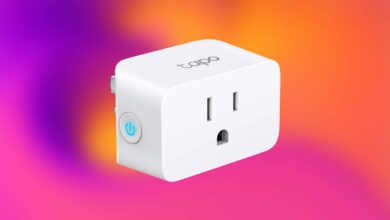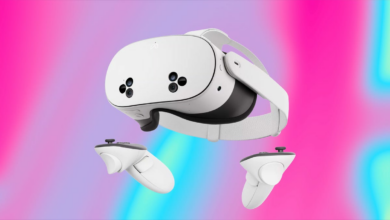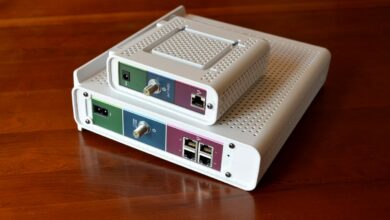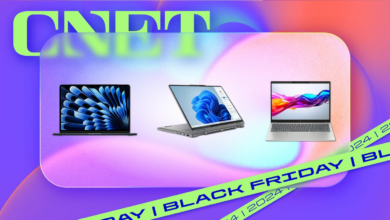I’ve been wearing the Galaxy Watch Ultra for 72 hours. This is what I like the most
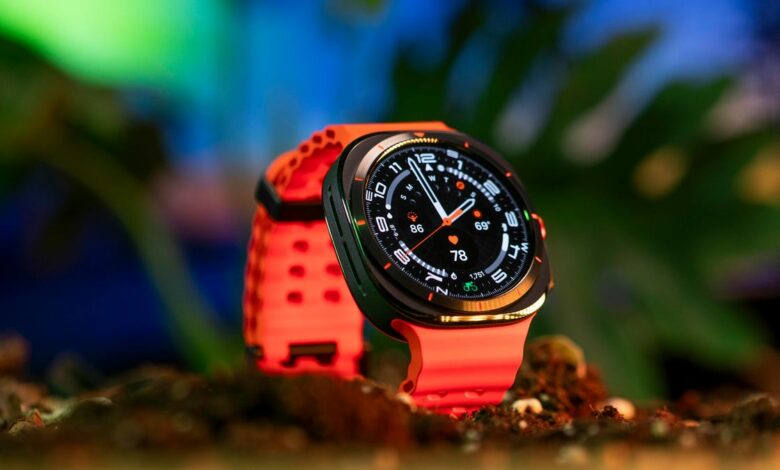
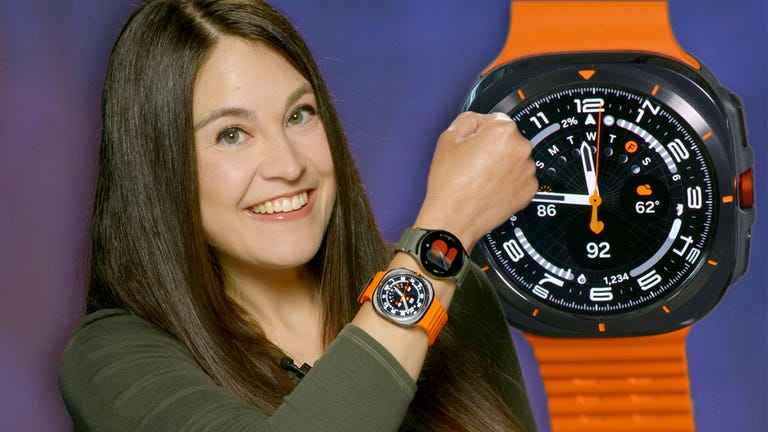
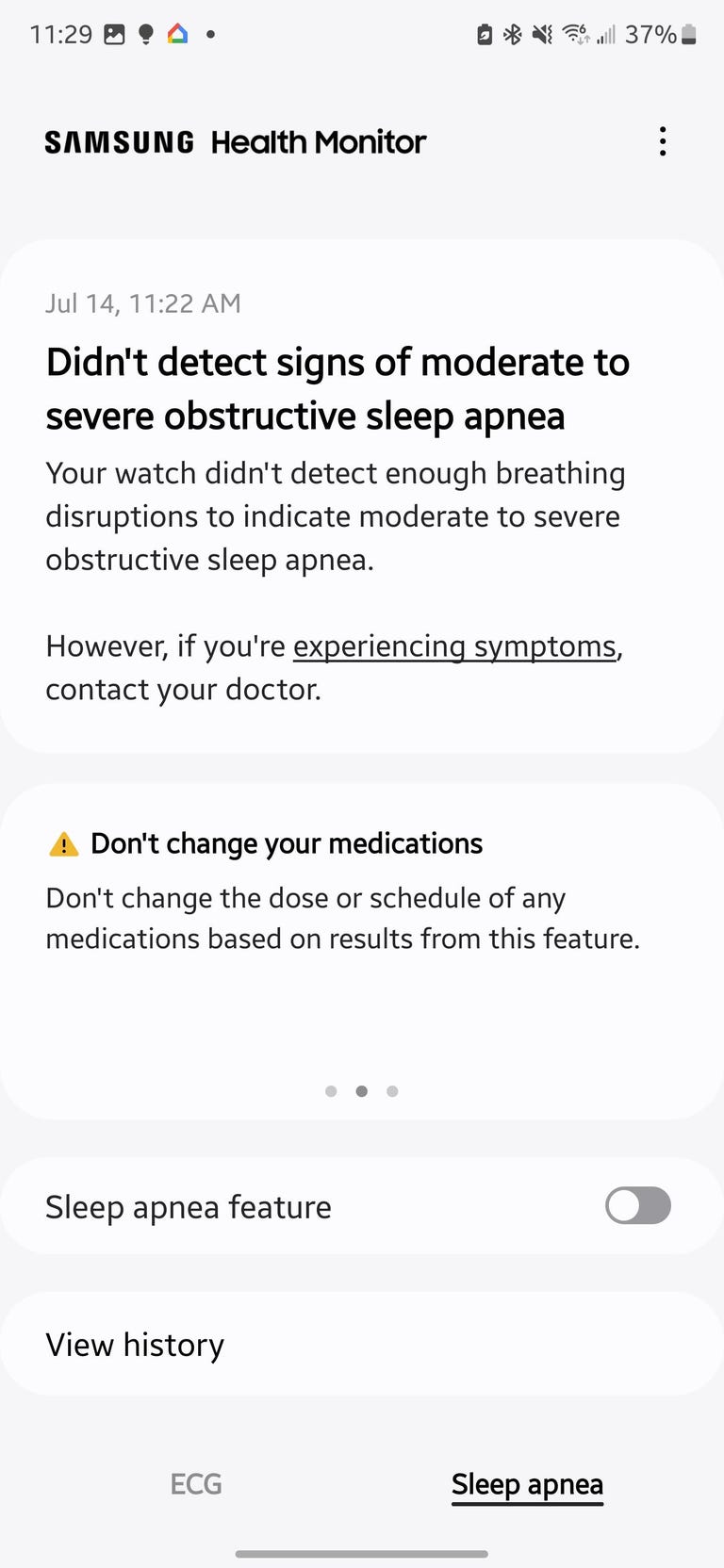
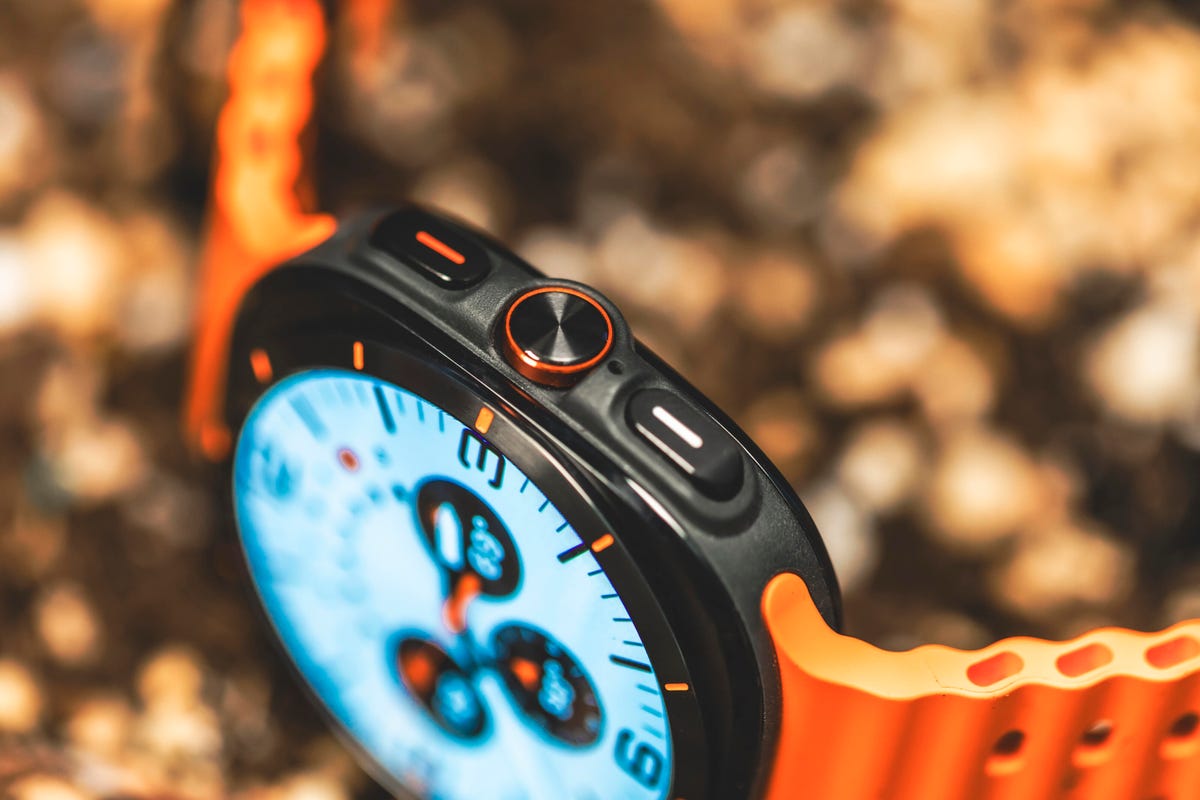
The Galaxy Watch Ultra is Samsung’s most rugged watch yet, but in my first three days of wearing it, I was more impressed by its non-extreme sports features. It brings some niceties like gesture controls and potentially life-saving health tools like sleep apnea detection to the world of Android smartwatches.
It’s not all roses, though. There are plenty of things I’m not too keen on with the Ultra, like how Samsung has removed the reverse wireless charging option from a Galaxy phone. That’s because the new bioactive sensor protrudes more than on older watches, meaning it can’t sit flush against the back of a phone. And the new AGEs (advanced glycation end products) index, which can give you a sense of metabolic health, is just plain confusing.
More from Samsung Unpacked
But the $650 Galaxy Watch Ultra has a lot of improvements over older Galaxy Watches that I hope it will make up for in the long run. Here are my three favorite things about the Galaxy Watch Ultra so far. Stay tuned for my full review.

Look at this: Samsung Galaxy Watch 7 and Ultra: first 48 hours
Sleep Apnea Detection
The Galaxy Watch Ultra and Galaxy Watch 7 are the first Samsung watches to receive FDA clearance for sleep apnea detection. It tracks how many relative dips in blood oxygen you have while you sleep over a two-night period. It then analyzes that data to see if it indicates moderate to severe obstructive sleep apnea.

This is what the notification from the Samsung Health Monitor app looks like.
Note, this is a feature that’s only available to Galaxy Watch Ultra and Watch 7 owners who also own a Galaxy phone. You’ll need the Samsung Health Monitor app (which also powers the ECG readings), and you can only download that from the Galaxy Store. Sleep apnea detection is also coming to previous compatible devices like the Galaxy Watch 5 and 6 later this year.
After wearing the watch to bed for two nights, I got a notification on my phone within a few hours of waking up the second morning. The Galaxy Watch Ultra detected no signs of moderate to severe obstructive sleep apnea, which was a relief to see. But I did a sleep study at Stanford University earlier this year as part of a larger story on sleep and tech, which showed no sleep apnea, so I would have been surprised if the watch had given me a positive result.
The shortcut button is great, but the gestures are even better
Samsung watches got Universal Gestures in WearOS 4 last year, allowing you to use pinch gestures to scroll through menus or make a fist to select an option.
But the Galaxy Watch Ultra and Galaxy Watch 7 take it a step further, making gestures easier to find within the Settings > Buttons & gestures menu in WearOS 5. I love the knock-knock gesture, which, as the name suggests, lets you make a knocking motion with your fist to launch an app. I have mine set to activate the flashlight so I don’t have to swipe down from the watch face and tap the screen.
Similar to the Double Tap gesture on the Apple Watch Series 9 and Ultra 2, the Galaxy Watch Ultra supports double pinch, where you tap your thumb and index finger together twice. You can take a photo from your phone, dismiss a notification, play or pause music, or answer and hang up a phone call. You’ll need to Settings > Buttons & gestures > Double squeeze because it is not enabled by default.
The shortcut button is also more useful than I expected. By default it’s set to launch the workout menu, but you can go into the settings and change it to launch the stopwatch, flashlight, or water lock instead. During a workout, it’s handy to quickly press it again to pause, or long-press it to open the workout completion page.
You can also customize the actions on the other buttons, like on previous Galaxy Watches. Yes, I immediately changed the top button from the Bixby default to the power off menu.

The shortcut button
Energy score has started well
Samsung made a big deal about its new Galaxy AI features, such as the interpreter tool on phones like the Z Fold 6 and Z Flip 6 at its Galaxy Unpacked event in July, but there are some AI tools coming to the Galaxy Watch, too. These include Energy Score, which takes into account your activity, sleep and heart rate data, plus offers wellness tips.
I haven’t been using the Galaxy Watch Ultra, Galaxy Watch 7, or Galaxy Ring long enough to generate many wellness tips. But I do enjoy seeing my energy score in the morning, displayed both on the watch itself and in the Samsung Health app. It lets me know whether my body is ready for a more intense workout or if I should take it easy.
After trying the Galaxy Watch Ultra’s functional threshold power test for cycling on Saturday and pushing myself to my limits, I woke up Sunday morning with a score of 69 and the app telling me that rest is my friend. No, really. It actually said, “Rest is your friend.”
As I wear the watch longer, I hope to see if the wellness tips live up to Samsung’s hype. Maybe they’re more general advice that I could have come up with myself.
I’ll also dive deeper into battery life, because like previous Galaxy Watches, the Galaxy Watch Ultra needs at least a few days and charge cycles to optimize and calibrate the battery. Check back soon for the full review.

